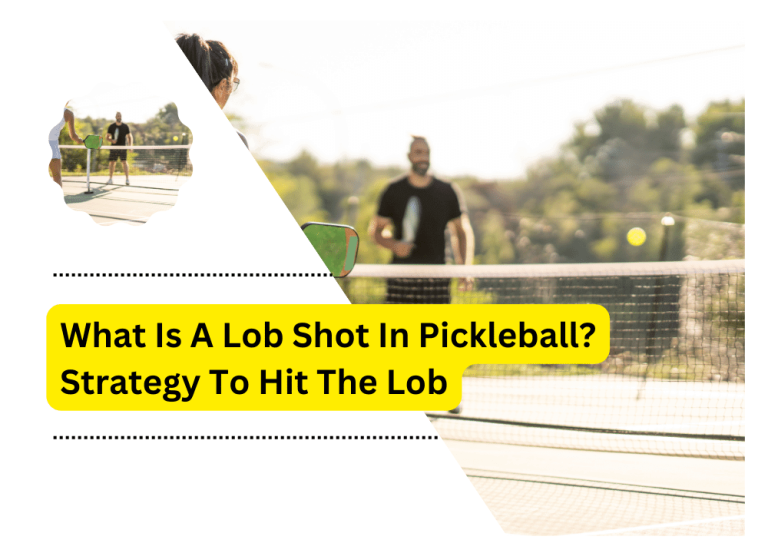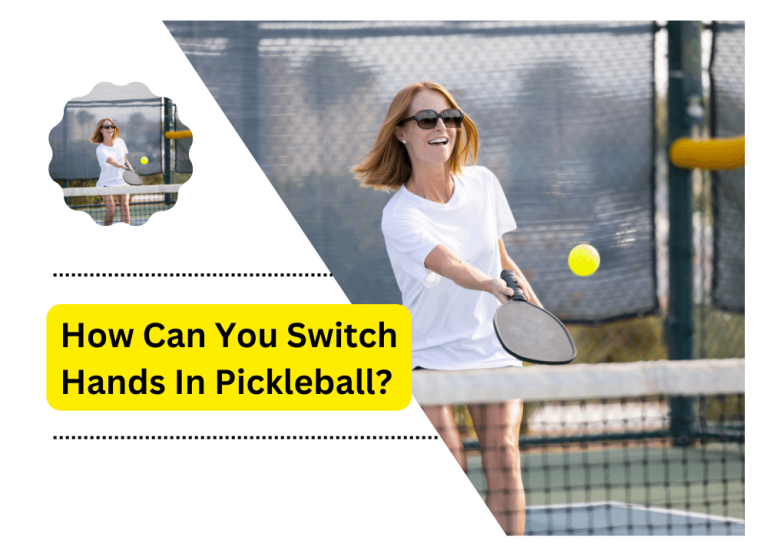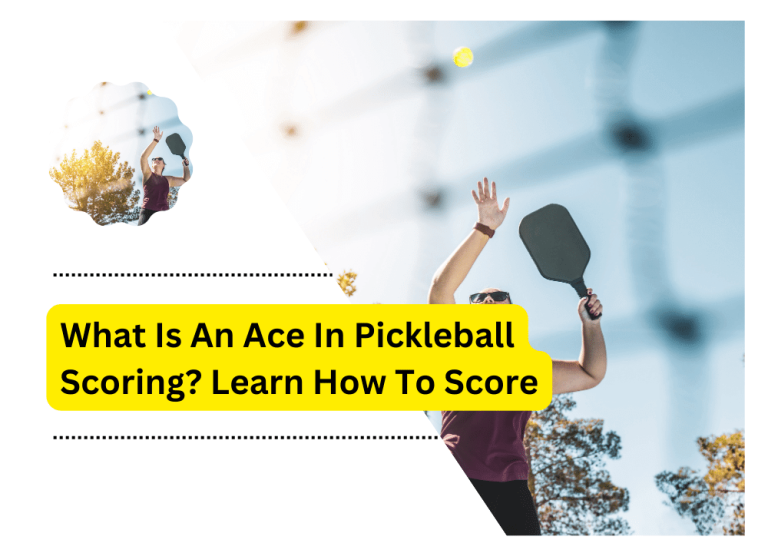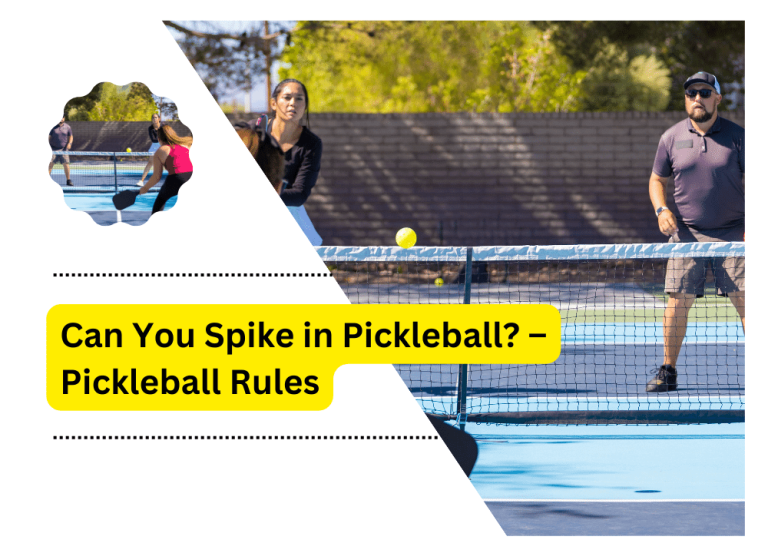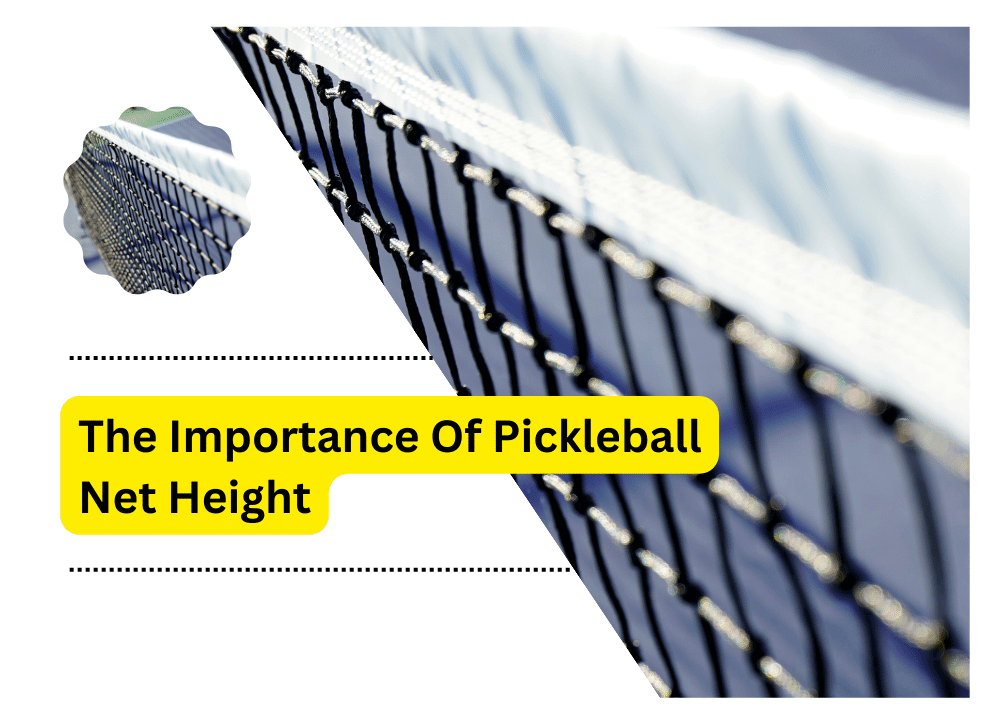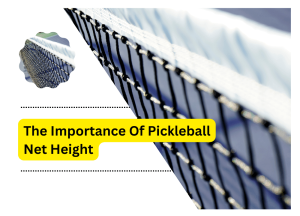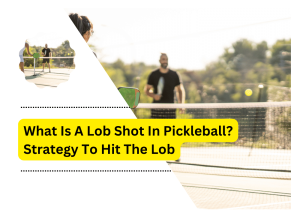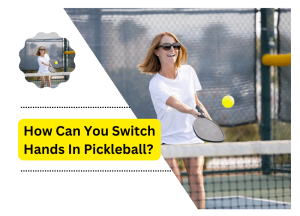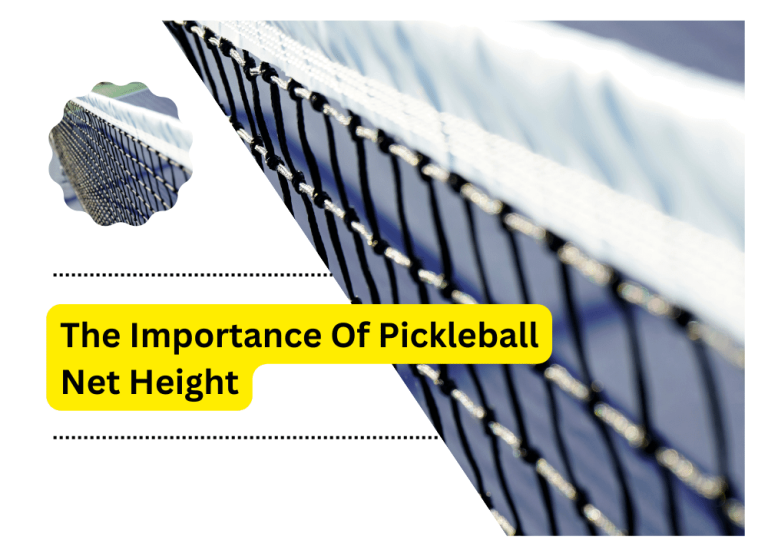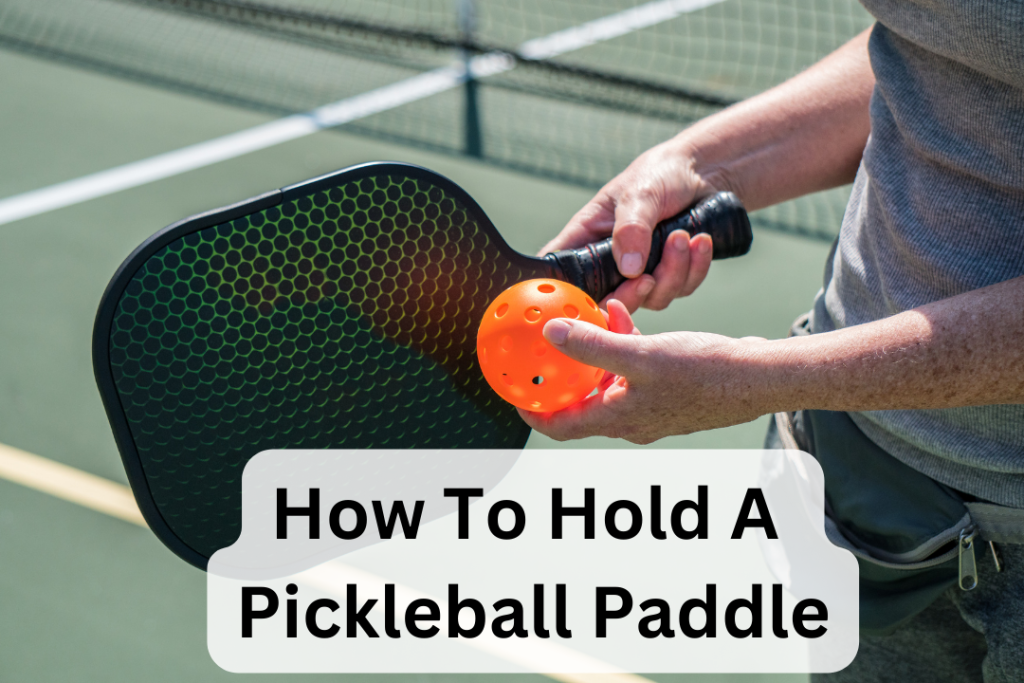
Holding a pickleball paddle with proper grip is necessary, as it will help you play your shot correctly and hit the target accurately. Most beginners need to learn how to hold a pickleball paddle. They play with the wrong grip as they need help to maintain it properly.
Table of Contents
ToggleThere are too many other reasons why it happens. But in this article, our goal is to share tips or methods to help you to hold your pickleball paddle properly. Follow this simple guide for how to hold a pickleball paddle as describe, and you will have a fantastic experience —next time in court.
How To Hold A Pickleball Paddle
Holding a pickleball paddle plays an anchor role in playing the game effectively. There are many ways to do this, but we only focus on the major ones to get things done quickly.
- First, hold the paddle in your dominant hand with the face of the paddle pointing upwards.
- Avoid holding the paddle tightly as it causes fatigue and reduces control over shots. Try to keep it loose and more relaxed, allowing you to adjust your grip as needed during the game.
- The most common type of grip used is the continental grip. To get this grip, you must place your index finger on the paddle, running along the edge of the face. After that, wrap your other fingers around the handle with your thumb resting against the opposite side of the handle from your index finger.
- Another time of grip used in pickleball is the eastern grip which is much similar to the grip used by tennis players. To hold the paddle in a similar grip, place your index finger on top of the slope and then wrap your other fingers around the paddle of the handle. Let your thumb rest against the opposite side of the handle from your index finger.
- Now try both these grips to confirm which one feels most comfortable. Ultimately, the grip you select should allow you to maintain control and accuracy in your shots. Moreover, it will enable you to generate more power and spin if required.
The only pro tip here is to maintain a loose and relaxed grip. Adjust your grip during play to ensure more control and high performance. The only way to find the perfect grip that works fine for you is to keep practising.
How to Hold Different Pickleball Grips
There are three other types of pickleball grips, which we will cover in this article. These are:
- Neutral Grip
- Strong Grip
- Weak Grip
Neutral Grip
The mainstream of a neutral grip involves holding the paddle in a way that gives more flexibility and adaptability in different game scenarios. Other names for this grip are hammer grip or handshake grip. To get a neutral grip in pickleball, start by holding the paddle with your non-dominant hand, with the face of the paddle pointing downwards.
Afterwards, place your dominant hand on the handle with your thumb and index finger forming a V shape along the handle. Wrap your other fingers around the handle with your pinky finger resting against the non-paddle face of the handle. A neutral grip allows for easy adjustments during play, providing a balance of power, control and flexibility.
It is trendy amongst players who want a versatile grip adapted to different shots, angles and situations on the court. As this neutral grip is a good option in pickleball, it’s important to note that it may not be the perfect choice for every player. A grip preference may vary depending on individual playing style, comfort and hand size. Try different grip options, choose the right one, and start practising.
Strong Grip
A firm grip is functional under a few circumstances, as it allows you to control the paddle, generate more spin and power, and prevent injuries. A proper grip helps players to play longer without experiencing any fatigue or discomfort in their hands or wrist. Now we will share everything about firm grip and why it is essential.
A strong grip means holding the paddle firmly in your hand. It would be best if you gripped it a little tighter to get more control over the paddle, but try not to hold it much tight as it will cause discomfort or injury. A loose grip causes the paddle to twist more in your hand, making it difficult to control the ball.
On the contrary, a tight grip can cause tension in your hand and wrist, which leads to injuries over time. As we have discussed earlier, strong grips’ primary goal is to generate more power and spring. Using a firmer grip, a player can swing the paddle with more force, producing more spin and control of the ball. The player mainly uses it when hitting overhead shots like smashes and lobs, where a firm grip helps players generate more speed. Another reason for your company’s grip is that it prevents injuries.
Let’s understand it with the help of an example, if you hold it using a loose grip, it can cause the paddle to twist in your hand and may put stress on your forearm or wrist. Other than this, a tight grip, on the other hand, can cause injuries by putting too much strain on your hand and wrist. Find the right balance between a tight and loose grip to help prevent any irregular outcome. Now the question here is, how can you develop a firm grip in pickleball?
- The first method is by practising and holding the paddle in the correct position.
- Just apply the rules we have discussed earlier in different pickleball grips topics.
- Use a firm grip, but it should not be much tight to avoid any issues.
- Another way of developing a solid group is by using grip-enhancing products such as grip pads or gloves. They offer more traction and cushioning, which can help improve your grip and prevent injuries.
In general, having a solid grip is essential for success in pickleball.
Weak Grip
A weak grip is observed when a player holds a paddle loosely or does not apply sufficient force. They directly impact the player’s control, power and spin performance. This article will explore the potential problems associated with a weak grip in pickleball. The soft grip has several issues, and we will suggest a solution.
First, it makes it more difficult to control the paddle when hitting shots that require more precision and accuracy, like drop shots. If you hold the paddle too loosely, it may easily twist in the player’s hand, leading to off-centre hits and misdirected shots, which may result in lots of points and opportunities. Second, it reduces the power and spin of a player.
Moreover, when they are holding a paddle with insufficient force, the player may not be able to transfer energy from the body to the paddle, resulting in weak or ineffective shots. Last, a soft grip can lead to injuries, specifically to the wrist and forearm. When you hold the paddle too loosely, the player’s wrist and forearm may become strained, resulting in discomfort, pain, and long-term injuries.
The stress on these areas can also be increased if players have to make unexpected or quick moves in the courts to hit the ball off-centre. Players should practise a firm and balanced grip when holding the paddle to avoid these issues. It should be strong enough to maintain and control the paddle but not so tight that it causes tension or pain.
- An alternative way to avoid a weak grip is to use grip-enhancing products such as grip pads or gloves. These products can add extra traction and cushion, which help you to maintain a better grip and reduce the risk. In short, a weak grip directly impacts a player’s performance and safety in pickleball.
Conclusion
After going through the whole article now, you have decided which direction you are heading. We have covered different grips to help you hold a pickleball paddle properly. We hope you have explicit knowledge of how to hold a pickleball paddle. If you have any suggestions, please write them in the comment box.

